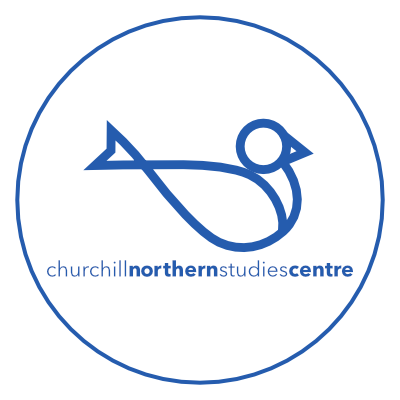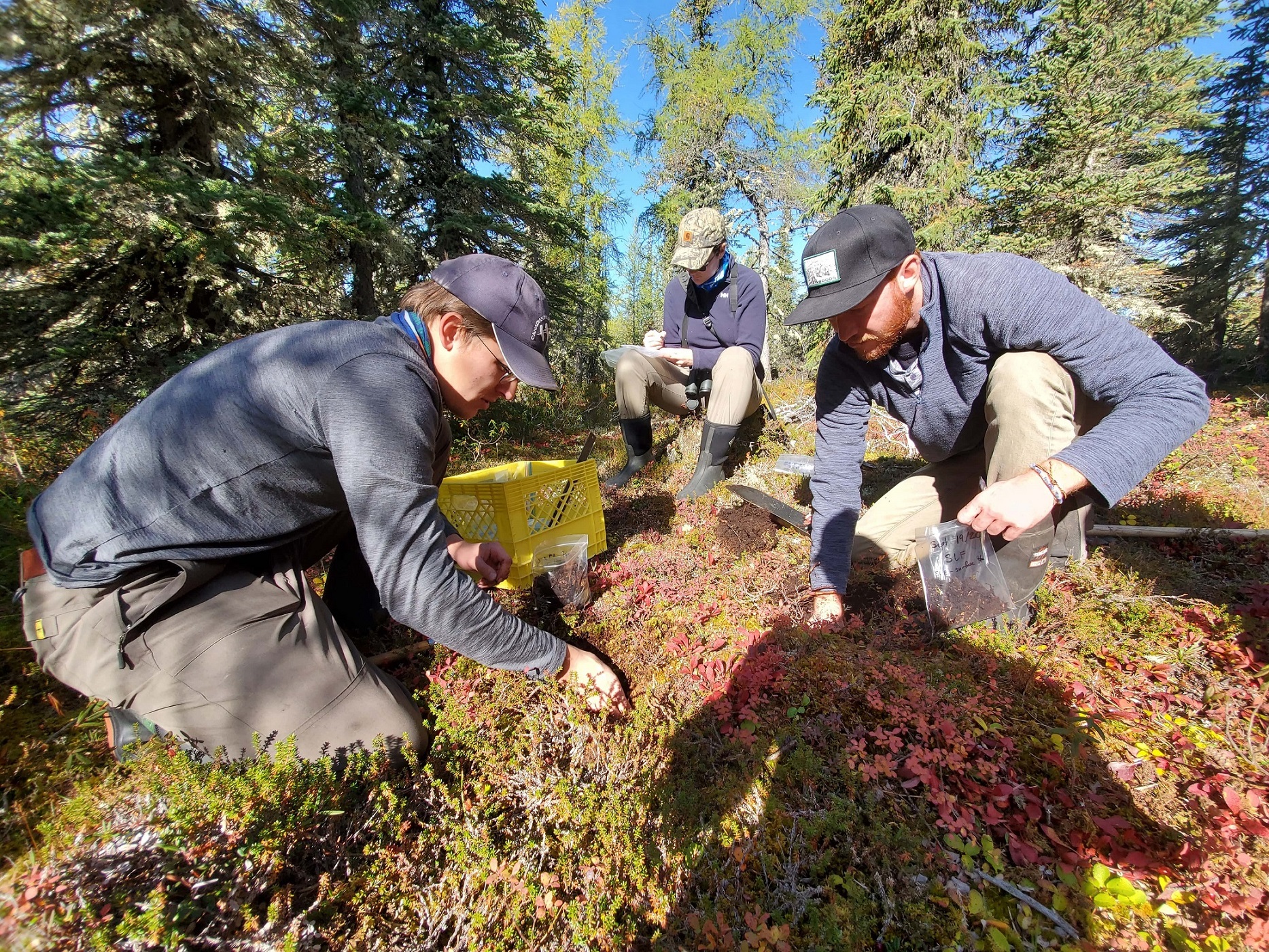Fall is often a time of change – and Churchill is no exception. The vegetation changes colour, migratory birds seek better weather, nights start getting colder, and the town transitions into what during a normal year would be a bustling polar bear season. At the CNSC, the fall means that the window for completing many outdoor projects will shortly be coming to a close. Field work often requires un-frozen water and soil, or access to low-lying vegetation. With snowy weather quickly approaching, the green and yellow landscape will soon be covered in a blanket of white, making these tasks next to impossible.
This fall is an especially exciting season for me as it is my first fall spent in Churchill. It has already brought on many firsts for me: first time working on the tundra, and first time seeing a polar bear and the Northern lights to name a few. With many more field experiences under my belt at the CNSC so far, here, I reflect on my first fieldwork-filled fall in Churchill.
During a typical fall, the CNSC would host volunteer Earthwatch teams to help collect data for long term climate change monitoring projects. Earthwatch fosters citizen science by giving volunteers from all over the world the opportunity to team up with scientists. Participants of the Climate Change at the Arctic’s Edge program partner with Dr. LeeAnn Fishback and Dr. Steve Mamet and not only learn about science in the subarctic, but also actively participate in data collection. While the Earthwatch teams were definitely missed this fall, the (science) show must go on! So over four wet and windy days, we spent long hours on all fours scouring vegetation plots for tiny tree saplings, probing for permafrost depths, and servicing weather stations. It was quite a humbling experience to be a very small part of a massive research effort that has spanned multiple years and countless researchers and citizen scientists.
While collecting data is a huge part of fieldwork, maintaining and ‘winterizing’ field sites is just as important. We need to ensure that there is still data to come back to once the winter snow has given way. We did everything from repairing and stabilizing frog pen enclosures, re-flagging and marking vegetation plots, taking down wildlife tracking towers, and performing general clean-ups around field sites.
No field work season is complete without a couple of collections. So far, we have collected soil samples from different ecosystem type that are to be shipped off to a researcher in Russia. We also donned hip waders and swept nets through the mucky bottoms of nearby lakes and ponds to collect aquatic invertebrates. These will eventually go towards bolstering an on-going invertebrate collection library at the CNSC.
Although technically we are still in the relative beginning of the fall season, I already have many take-aways from my first fall field season in Churchill and at the CNSC. For one, much like the season, change is inevitable, and you must be able to adapt to any situation. Whether it be changing field plans last minute due to bad (or good) weather, or refining field methods to better suit the given conditions. I have learned to tell the difference between a clink (rock) and a clunk (permafrost) sound when measuring permafrost depth, and that wetland mires lay claim to the best mud ‘squelch factor’ I have ever had the privilege of experiencing. Lastly, I have learned to take special care when walking through the wetlands, to assume every patch of water you encounter is waist deep (and avoid them), and always bring along an extra pair of socks for the inevitable boot flush. There is still plenty of work to be done, so for now, we are in a race against time and the weather to finish up the last little bit of fall field work before the snow comes.


